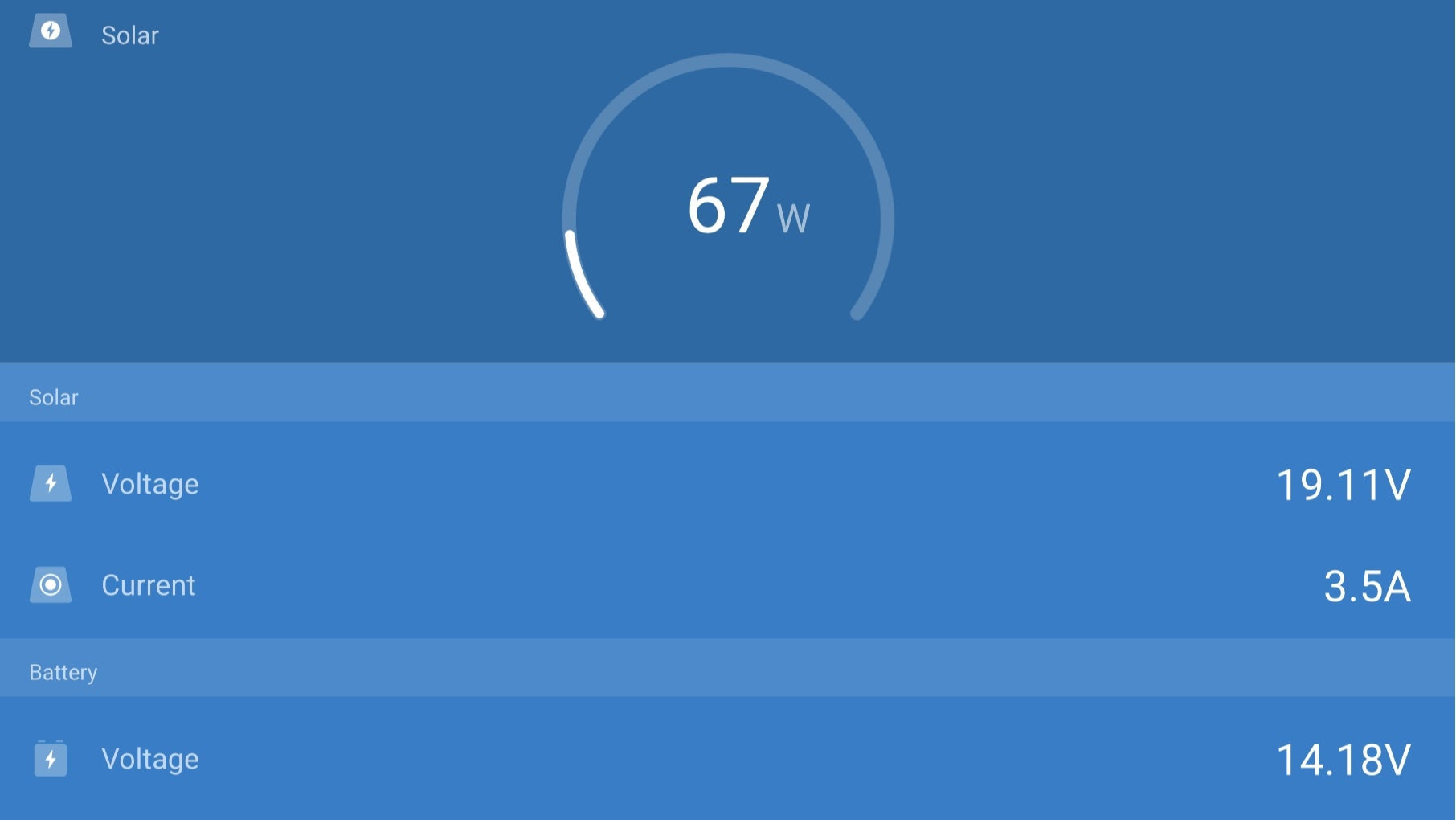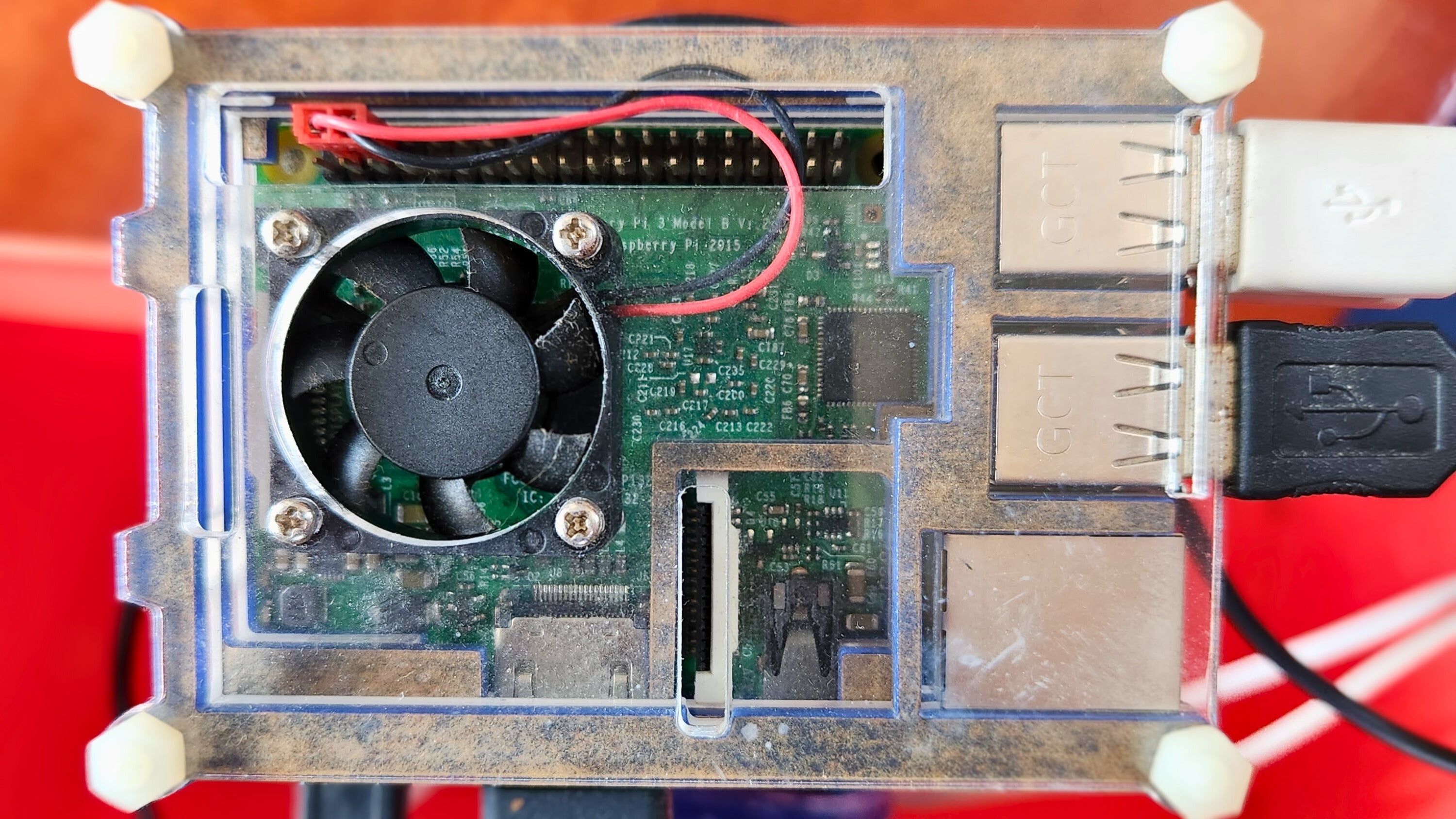📡 WiFi & Connectivity in Sailboats: The Ultimate Guide
A sailor’s real-world guide to setting up reliable internet at sea — without the noise, hype, or commissions
🌊 Introduction: Why Connectivity Matters at Sea
Modern sailors need more than just wind in their sails. From weather updates and nav data to remote work and sunset calls with home, a solid internet connection transforms life aboard from disconnected to empowered.
As the founder of Sailing Religion, I've tested all kinds of gear through salt, swell, and squalls. This guide is here to help you navigate the noisy waters of marine connectivity—and build a setup that actually works for the way you sail.
🌐 Understanding Your Connectivity Options
📶 1. Marina WiFi Amplification
For dockside life and close-to-shore anchorages, amplifying marina WiFi might be all you need.
🛠️ How it works: A high-gain antenna grabs distant WiFi signals and routes them to your onboard network.
📏 Range: 1–3 NM is realistic. On a perfect day, maybe 7 NM.
⛵ Best for: Weekend sailors and marina hoppers.
🧰 Popular gear:
-
Alfa WiFi Camp Pro 2 – affordable and easy to install.
-
Halo Long Range Marine WiFi Extender – solid marine build and long reach.
-
Wave WiFi Rogue Pro DB – dual-band, robust and proven.
📡 2. 4G/5G Cellular Systems
For coastal sailing and extended cruising within signal range, cellular systems offer great speed and coverage.
🛠️ How it works: External marine antennas feed cell signals to a router, giving you onboard WiFi.
📏 Range: Up to 25 NM from shore depending on terrain and tower proximity.
⛵ Best for: Full-time cruisers within coastal regions who want fast, consistent internet.
🧰 Top setups:
-
Digital Yacht 4G Xtream – dual SIM, nav data sharing, good range.
-
Digital Yacht 5G Xtream – ultra-fast speeds with multiple antenna support.
-
Pepwave MAX Transit Duo Pro – enterprise-grade with redundancy and WiFi 6.
🛰️ 3. Satellite Internet Systems
For bluewater sailors and offshore dreamers, satellite is the only way to stay connected globally.
🛠️ How it works: A dish tracks satellites to give you fast internet no matter how far out you sail.
🌎 Range: Global, but plan-dependent.
⛵ Best for: Ocean crossers, global cruisers, and digital nomads at sea.
🧰 Notable options:
-
Starlink Maritime – revolutionary performance and coverage.
-
Wave WiFi Freedom DB 5G with Starlink Integration – hybrid system that automatically switches between sources.
💡 Consider Starlink if you venture further offshore or require high-bandwidth applications.
🔧 Building Your Onboard Network: Core Components
🛰️ 1. External Antennas
Where and how you mount them matters.
📍 Placement: As high and clear as possible — radar arch, mast, or pushpit. 📡 Types: Omnidirectional for general use, directional to focus on known signals, MIMO for best cell performance. 🧰 Tips:
-
Keep antennas 3ft apart to reduce interference.
-
Use marine-grade cables + strain relief.
🌐 2. Marine-Grade Router
The router is the brain of your system.
🧠 Must-haves:
-
Water-resistant housing or sheltered install location
-
12/24V DC compatibility
-
Multi-source support (WiFi + cell + sat)
-
Automatic failover
⚡ 3. Power Management
Some setups sip power. Others chug it like a diesel on flat water.
💡 Typical draw:
-
Starlink: 45–150W ⚠️
-
Cellular routers: 10–18W
-
WiFi-only: 5–10W
🌞 For sailboats with modest power banks:
-
Boost solar capacity
-
Set your system to run only by day
-
Use voltage-sensitive relays for low-batt shutdown
🧰 Installation Best Practices
🔎 1. Planning
-
Trace cable runs
-
Identify clean power sources
-
Avoid interference (especially radar, VHF)
🪛 2. Physical Install
-
Use watertight glands and marine tinned cables
-
Label every cable end (you’ll thank yourself later)
-
Leave service loops for stress relief
-
Install router in a ventilated, dry spot
🔐 3. Power Safety
-
Use circuit protection (breakers, fuses)
-
Dedicated circuit = less headaches
-
Install a volt monitor if power surges are common
🧠 4. Configure Like a Pro
-
Secure your WiFi network (WPA3 if possible)
-
Set clear failover logic between sources
-
Test all systems before you leave the dock
🛡️ Optimizing Your Network
🔒 1. Network Security
-
Use strong, unique passwords
-
Enable WPA3 encryption
-
Run updates regularly
-
Consider a VPN for sensitive comms
📶 2. Data Management
-
Set usage alerts
-
Disable auto-updates unless on unlimited data
-
Use data compression tools
-
Block high-bandwidth sites when needed
🔄 3. Redundancy Planning
-
Use layers: WiFi + cell + sat
-
Keep backup gear onboard (hotspots, messengers)
-
Download key charts/weather files in advance
📊 Real-World Performance Expectations
📡 WiFi Amplifiers
-
In marina: 5–50 Mbps
-
At anchor: 1–15 Mbps
-
Power: 5–10W
📱 4G/5G Systems
-
In port: 20–100+ Mbps
-
Coastal (5–10 NM): 10–50 Mbps
-
Further offshore (up to 25 NM): 1–10 Mbps
-
Power: 10–18W
🛰️ Satellite (Starlink)
-
In port: 100–220 Mbps
-
Offshore: 40–100 Mbps
-
Power: 45–150W
💰 Cost Considerations
🛥️ Weekend Setup
-
Gear: $200–600
-
Monthly: $50–100
-
Total first year: ~$800–1,800
⛵ Coastal Cruiser
-
Gear: $1,000–2,000
-
Monthly: $100–200
-
Total first year: ~$2,200–4,400
🌍 Bluewater Beast Mode
-
Gear: $2,500–5,000
-
Monthly: $250–1,000
-
Total first year: ~$5,500–17,000
⚓ Final Bearings
Connectivity at sea isn’t a luxury—it’s a lifeline. Whether you’re checking weather, sending updates home, or running your business from the cockpit, building the right system brings freedom, safety, and peace of mind.
At Sailing Religion, we share this info because it matters—not because anyone’s paying us to. We don’t earn commissions or get sponsored. We only talk about gear we actually use and trust on the water.
📶 Build your system. Stay connected. Sail farther.
Chart your own course — Sailing Religion ⚓




Leave a comment
All comments are moderated before being published.
This site is protected by hCaptcha and the hCaptcha Privacy Policy and Terms of Service apply.